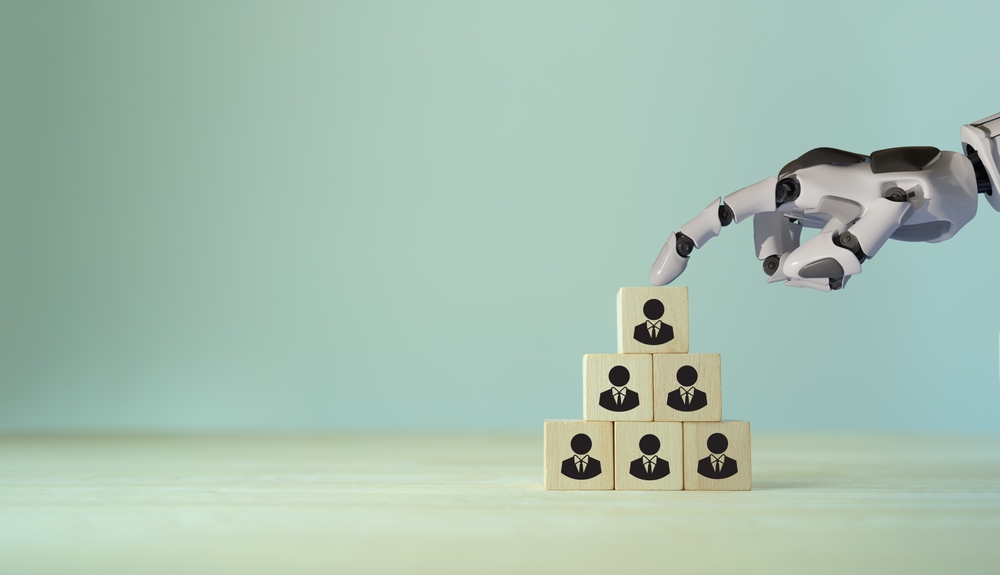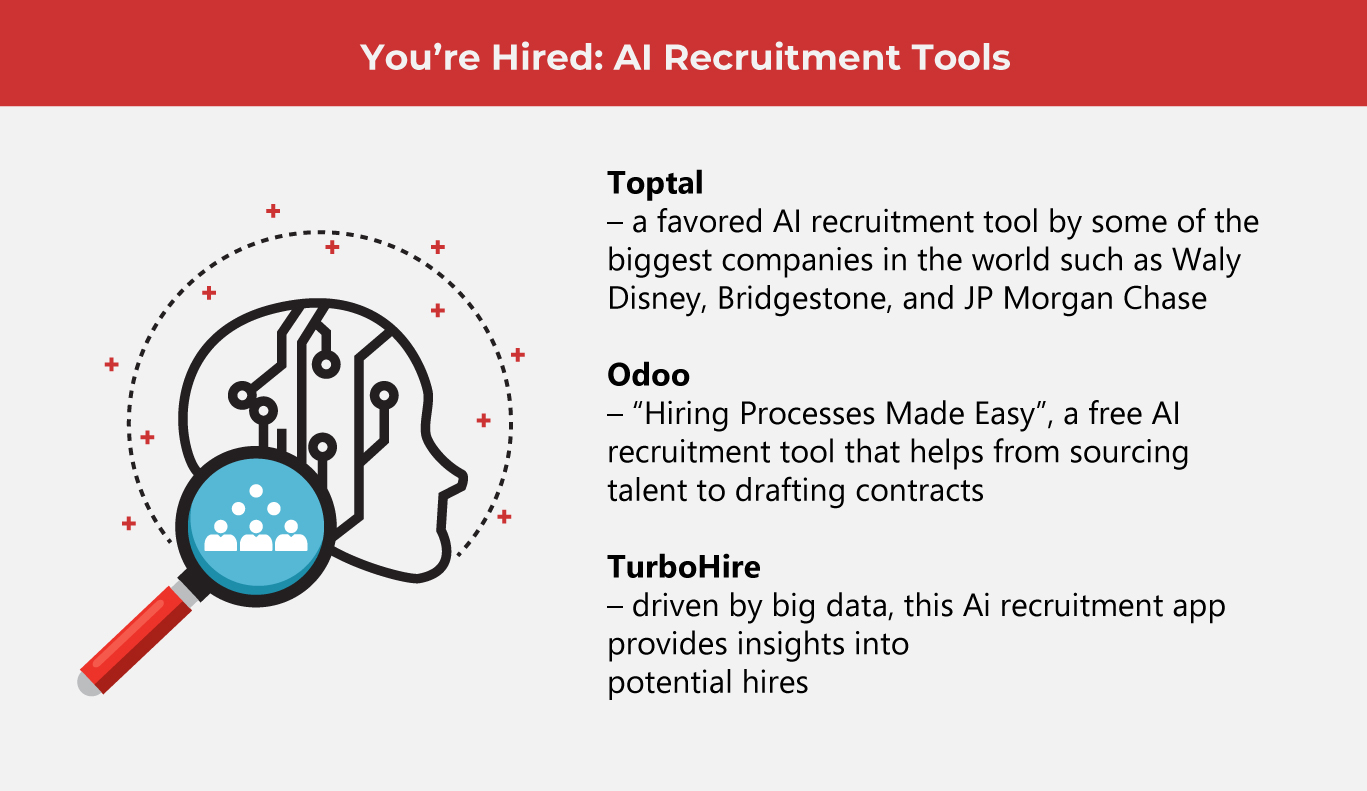AI in Hiring and Employment

AI is rising in the arena of human resources and how companies seek, source, and hire talent.
Job seeking and hiring has become highly digitalized. Many companies around the world have been using AI tools and applications to help their Human Resources departments decide who gets the job.
While these tools have been around for a while, the rate at which these apps have become more sophisticated is breathtaking and is becoming a source of anxiety for many human workers. When it comes to looking for jobs, will an AI ultimately get to decide if we get hired?
(Also read: There’s an AI in the O.R.)

Dr. Phoebe V. Moore of the University of Leicester has written about Artificial Intelligence in the workplace extensively. In an article for BBVA Open Mind, she raises the question of what is at stake for human workers and employees. She asks, “What types of ‘intelligence’ is expected from these technologies” and more importantly: “How does management use personal data acquired by machines and make assumptions of respective types of intelligence?”
AI hiring and recruitment tools rely on big data: massive volumes of personal data are gathered from numerous sources (such as our digital gadgets) every day. Some of this, we voluntarily and knowingly provide: details such as our government names, addresses, and phone numbers. Others are collected by keeping track of our behaviors online: what apps we have on our gadgets, the movies we stream, and the websites we frequent. Our digital footprints are part of Big Data.
Dr. Moore says in her article, “Data has been gathered from job candidates’ and workers’ activities over time, where even physical movements and sentiments, as well as social media use, are tracked.” And when the data collected is “big enough, the data is “used to train algorithms that predict talents and capabilities; set and assess work outputs”, and others.
All of this become part of what is called “people analytics”, which is becoming increasingly popular with human resource departments. Dr. Moore cites a Deloitte article where “people analytics” is defined as a practice “where big data and digital tools are used ‘to measure, report, and understand employee performance, aspects of workforce planning, talent management, and operational management”.
Dr. Moore goes on to cite that these algorithms and their processes exist in a “black box”, meaning human workers do not know how they work, but the machines are relied upon to “make reliable predictions based on routine and regular data”.
Many companies use automated video interviewing systems in their hiring processes. These videotaped interview systems are controversial, claiming that the machines can “parse human emotion” and measure how trustworthy a potential employee is simply by their facial expressions and body language. Many in the United States contest this and are calling upon the Federal Trade Commission to completely ban sales of such systems in America.
It’s not surprising that given all of this information, many American workers are skeptical and wary of having AI assess skills and of AI having a large role in the hiring process. According to Pew Research, many companies have used AI to combat concerns such as racial discrimination in the workplace. However, sentiments are still divided on whether AI helps eliminate these biases or makes them worse.
Can algorithms discriminate? Dr. Moore says in her article that “Machines cannot intentionally discriminate, but if workplace decisions have been discriminatory…then the data that is collected about hiring practices will itself be discriminatory.”
Skills and output can be measured, but there are many intangibles that AI cannot possibly measure more efficiently than a human. Empathy is the edge that human hirers have over AI tools and apps. “Machines, regardless of what forms of intelligence management attributes to them, do not, and cannot see the qualitative aspects of life, nor the surrounding context,” says Dr. Moore.
Having data-driven tools is valuable for companies to predict outcomes for better planning and higher profit, but the humans running these companies need to think of the well-being of their human workers and employees. More human resource experts and management in general, need to recalibrate the mindset that humans should be as efficient as machines, a mindset that causes anxiety for their human workers because it means that everyone is ultimately replaceable by machines.
Tools are meant to be mastered and controlled by humans, and not the other way around. While AI tools are trained to “think” to make processes easier, humans need to understand that our brains and our humanity make us far more sophisticated than any AI can ever be.
As one of the Top 19 EMS companies in the world, IMI has over 40 years of experience in providing electronics manufacturing and technology solutions.
We are ready to support your business on a global scale.
Our proven technical expertise, worldwide reach, and vast experience in high-growth and emerging markets make us the ideal global manufacturing solutions partner.
Let's work together to build our future today.
Other Blog



